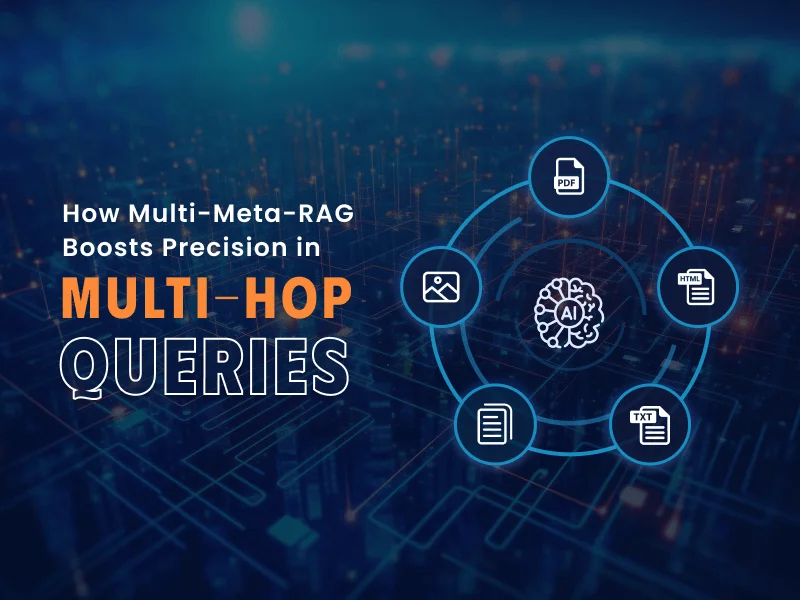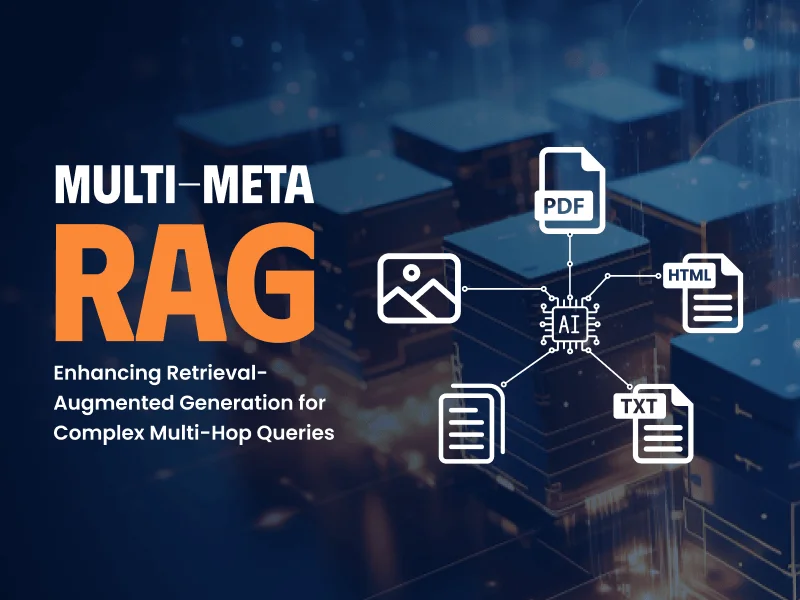Imagine sitting on a gold mine of data in your enterprise systems but struggling to manage it effectively. That’s where a robust data governance process comes in, ensuring your data stays consistent and reliable for crucial and timely business decisions. Yet, shockingly, only 16% of firms actively enforce data governance across their organization. The others grapple with building a process or lack the funds for data management procedures.
These roadblocks could be daunting for even the most well-staffed tech teams across enterprises. But, with AI technologies like GPT and tools like Microsoft Azure Purview, a cost-efficient governance system is within reach. In this article, I explore how the latest evolution in GPT can level up data cataloging and governance, guiding you to wield tools like MS Purview and GPT to establish a solid governance system.
Let’s dive in.
Supercharge Your Data Governance with GPT
Whether navigating the bustling seas of manufacturing, e-commerce, or shipping, you’re likely grappling with a data deluge. Cue data governance, your superhero, for breaking down data silos and bringing coherence to the chaos.
With effective data governance, you enjoy improved data quality, faster data access, efficient reporting, and even cost savings. Plus, it sets the rules of the game for data access and utilization, supporting better decisions and tighter data security.
However, putting holistic data governance into practice is easier said than done. Here’s where AI, specifically GPT, acts as a trusty enabler in your data governance journey.
Consider GPT a maestro of unformatted data – email IDs, mobile numbers, addresses. Using its content generation and text summarization abilities, you create an accessible, intelligent library of your company’s data.
And then, finding sharp insights or precise information in the haystack of enterprise data becomes a matter of mere minutes. All you have to do is an intelligent search or a quick question for your GPT-enabled chatbot.
For instance, a business user can ask, “Show me the sales data of model A between Jan 2023 and March 2023.” They can also ask for summarized sales data or a detailed report. GPT will provide appropriate reports instantly, given that this data has been fed to it previously.
With GPT at your side, you’re amplifying productivity, simplifying data management, and truly championing effective data governance.
Improve Usage & Adoption of GPT-Powered Data Governance with Microsoft Purview
Integrating the cutting-edge GPT technology into your existing data management systems can seem daunting. There’s the cost factor, the integration timeline, and then the employee training on top of it. But Microsoft Purview, a SaaS-based solution, builds a cohesive data governance infrastructure, easing the pain points and helping you get the most out of your GPT implementation.
Before we delve into the nuts and bolts of blending MS Purview and GPT, let’s chat about the critical features of MS Purview that enhance AI-enabled data cataloging and governance:
- Data Maps: They’re the cornerstone of data discovery and governance, capturing metadata from a variety of sources – SaaS, analytics, and operational systems, across multiple environments.
- Business Glossary: It’s like your company’s language translator, bridging gaps between departments.
- Classifications: These tools help you get the lay of the land in your data storage and layout access control policies.
- Sensitivity Labels: These are like your data’s bodyguard, protecting your enterprise data while not hindering productivity and collaboration.
- Data Lineage: This feature is like your data’s biography, helping you understand data sources and transformations for reliable report creation.
Now, MS Purview is a pretty nifty tool on its own. But bring AI technologies like GPT into the mix, and you’ve got a dynamite combo. GPT lets your team interact with MS Purview using natural language, ditching the step-by-step drill.
Rather than rifling through data lineages or pinging your IT team, your business users can simply ask for specific data directly. For example, you could say, “Give me the financial data of product X over the last week” or “Show me the performance report on the marketing team.” No more data scavenger hunts – you’ll have your answers within seconds. That’s practically the best way an enterprise can hope to use data and data governance, enabling them to make the most out of their investments.
Breezy Business Glossary Creation with MS Purview and GPT: Acuvate's Test Drive
Now, let’s walk through a real-world example. Acuvate put the MS Purview and GPT power combo to the test in creating a business glossary, and the results were nothing short of remarkable.
Let’s decode the term ‘business glossary’ before we get to how we built a pretty good one. It’s essentially a dictionary that an organization uses to define its unique terms, metrics and measurements. This way, when anyone’s diving into data, they’re all on the same page. But creating this glossary can be as tedious as writing a manual for assembling a thousand-piece 3D puzzle.
The data stewards need to create the vocabulary, define them by gathering data about the terms and attributes from the company’s existing documents and the internet, and list them in the enterprise database. It’s a task that can easily run into months if using only manual effort. Not to mention, the productivity loss.
But with Purview and GPT, the time needed to create and define a business glossary is significantly slashed. Consider creating a glossary for a digital factory. You start by feeding some terms into the Purview and GPT integrated API, like ‘manufacturing performance loss,’ ‘mean time to repair,’ ‘process driven loss,’ and ‘unutilized capacity loss.’
We’ve got the terms but no definitions. Here’s where GPT steps in, swiftly creating the definitions and acronyms. And with the Purview Definition Populator, you can review, tweak and validate these terms with just a few clicks.
So now, when your team members – even those who joined yesterday – come across these terms in the business glossary, they have a simple way to understand them. They’ll see the clear definitions you or your data stewards have set and validated. This equips them to create cross-departmental reports using these terms, fostering better enterprise-wide understanding and communication.
From Acuvate’s successful test run, the Purview-GPT power combo has emerged as an asset for enterprises looking to make it simple for their business users to access, understand, and fully utilize enterprise data and information.
Ready to Level Up Data Management with GPT & MS Purview?
GPT, coupled with robust data cataloging tools like MS Purview, can shift the scales in favor of solid data management and governance. But there’s more to it than the backend data management. With GPT’s human-like chatbot capabilities, your business users have a personal data concierge at their fingertips. This ensures that you are not just leveling up data management but streamlining your data governance and utilization from start to finish.
With the evolution of AI in recent months and the need for early adopters to streamline their data workflows to be able to maximize both data and AI investments, it is clear that GPT-powered data management and governance are much more than fleeting trends. The utilization of GPT technology is here to stay, continually evolving to meet enterprise needs.
Early adopters have a lot to gain. Our data and AI experts are just a click away. Let’s start your data governance transformation today.



